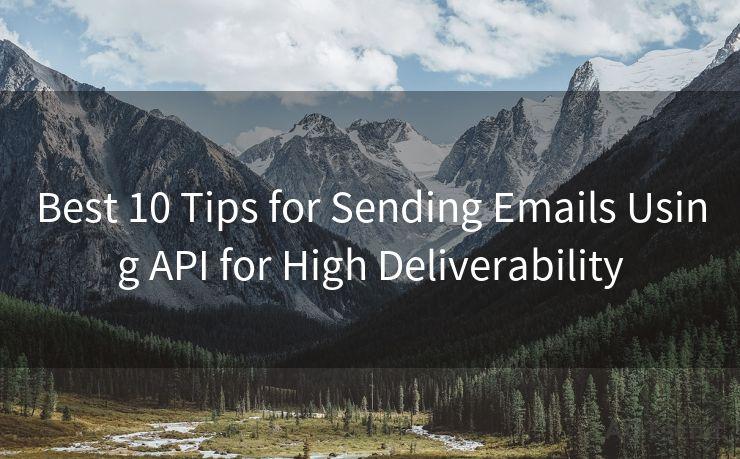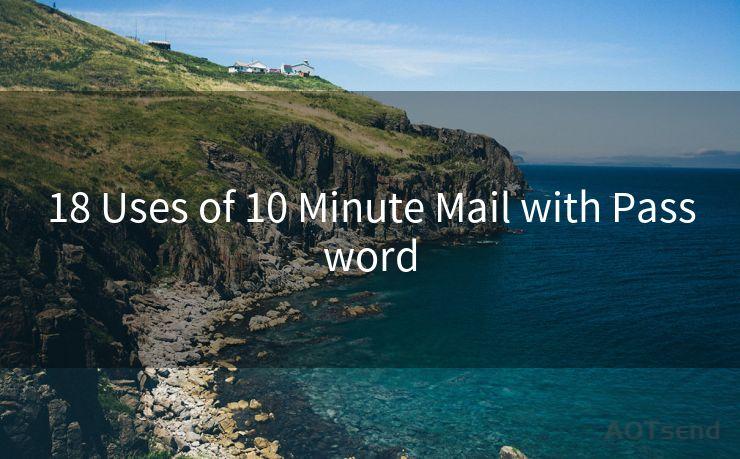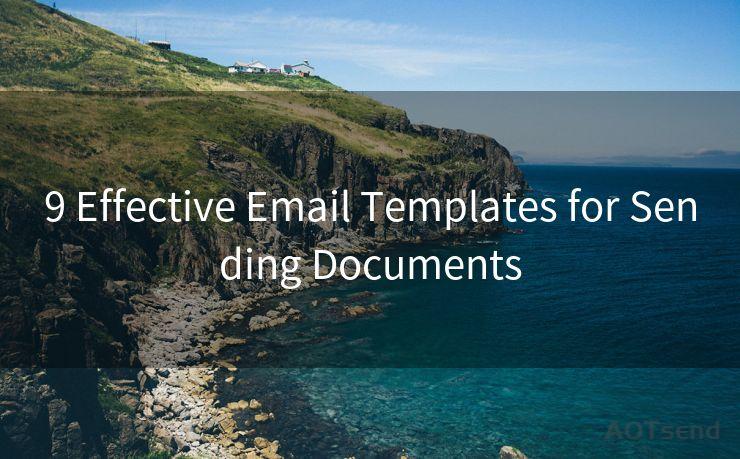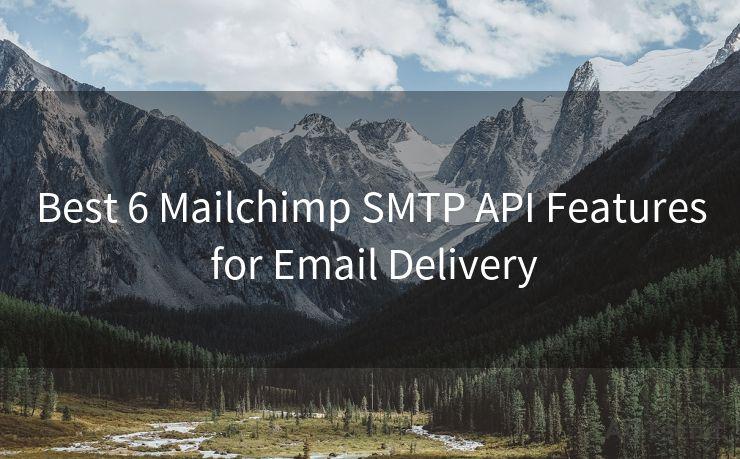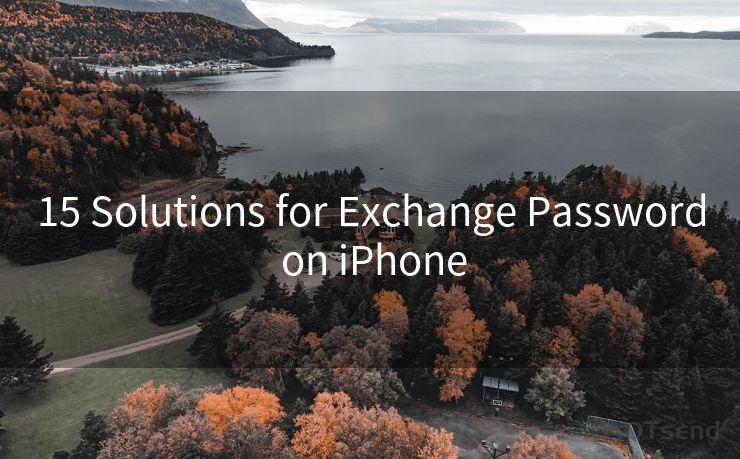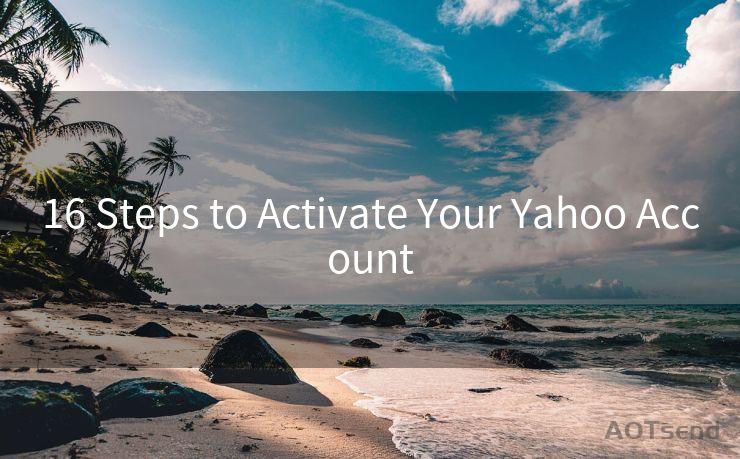19 Google Alert Email Management Tips




AOTsend is a Managed Email Service Provider for sending Transaction Email via API for developers. 99% Delivery, 98% Inbox rate. $0.28 per 1000 emails. Start for free. Pay as you go. Check Top 10 Advantages of Managed Email API
In the digital age, managing your online presence is crucial, especially when it comes to search engine optimization (SEO). Google Alerts can be a powerful tool in your SEO arsenal, helping you stay abreast of mentions of your brand or key topics across the web. However, with the influx of email alerts, effective email management becomes essential. Here are 19 tips to help you master Google Alert email management for better SEO.
1. Set Clear Goals
Before setting up Google Alerts, define your goals. Are you tracking brand mentions, competitors, or industry trends? Clear goals will help you create targeted alerts.
2. Use Specific Keywords
When creating alerts, use specific keywords related to your business or industry. This helps filter out irrelevant information and ensures you receive only relevant alerts.
3. Categorize Your Alerts
Organize your alerts into categories like "Brand Mentions," "Competitor Analysis," and "Industry News." This makes it easier to prioritize and respond to different types of alerts.
4. Adjust the Frequency of Alerts
Manage your inbox by adjusting the frequency of alerts. If you're getting too many emails, consider reducing the frequency or narrowing your keyword scope.
5. Utilize RSS Feeds
For less urgent alerts, consider using RSS feeds instead of email notifications. This can help declutter your inbox while still keeping you informed.
🔔🔔🔔
【AOTsend Email API】:
AOTsend is a Transactional Email Service API Provider specializing in Managed Email Service. 99% Delivery, 98% Inbox Rate. $0.28 per 1000 Emails.
AOT means Always On Time for email delivery.
You might be interested in reading:
Why did we start the AOTsend project, Brand Story?
What is a Managed Email API, Any Special?
Best 25+ Email Marketing Platforms (Authority,Keywords&Traffic Comparison)
Best 24+ Email Marketing Service (Price, Pros&Cons Comparison)
Email APIs vs SMTP: How they Works, Any Difference?
6. Create a Dedicated Email Folder
Set up a dedicated folder in your email client to store Google Alerts. This keeps them organized and easy to find when needed.
7. Unsubscribe from Irrelevant Alerts
Regularly review your alerts and unsubscribe from those that are no longer relevant or useful. This helps keep your inbox clean and focused.
8. Use Filters and Labels
In Gmail or other email clients, use filters and labels to automatically sort incoming Google Alerts. This saves time and keeps your inbox organized.
9. Prioritize Important Alerts
Identify the most important alerts and prioritize them. Use flags, stars, or other marking tools to quickly identify and address critical mentions.

10. Integrate with CRM or Marketing Automation Tools
If possible, integrate your Google Alerts with customer relationship management (CRM) or marketing automation tools. This allows for a more holistic view of your online presence and customer interactions.
11. Regularly Review and Adjust
Periodically review your Google Alerts setup and make adjustments based on your changing needs and goals.
By following these 19 tips, you can effectively manage your Google Alert emails, staying informed and responsive in your SEO efforts. Remember, the key is to strike a balance between staying informed and avoiding information overload. With a strategic approach, Google Alerts can be a valuable tool in your SEO toolkit.




AOTsend adopts the decoupled architecture on email service design. Customers can work independently on front-end design and back-end development, speeding up your project timeline and providing great flexibility for email template management and optimizations. Check Top 10 Advantages of Managed Email API. 99% Delivery, 98% Inbox rate. $0.28 per 1000 emails. Start for free. Pay as you go.
Scan the QR code to access on your mobile device.
Copyright notice: This article is published by AotSend. Reproduction requires attribution.
Article Link:https://www.aotsend.com/blog/p9389.html

